FRIENDLY GOLDFINCH PROVES A HIT @ FABULOUS FAR INGS NNR
- Jonathan Marshall
- Sep 1, 2017
- 6 min read

Far Ings is located on the southern banks of the Humber just west of the Humber Bridge. The reserve is located on site of former tile & brickyards as well as the Adamant Cement Works which by the 1950's were all abandoned. In 1973 the Lincolnshire Wildlife Trust opened the 100 acre site as Far Ings National Nature Reserve.
Far Ings is free to visit and has a visitor centre and shop which is open 10am to 4pm at weekends and from 1pm to 4pm Wednesday, Thursday & Friday. The reserve is made up of lakes, reedbeds and meadows and has three paths (Chowder Ness Round, Reedbed & Blow Wells / Target Lake Loop) and two public footpaths for you to follow. There are six hides, all but one of them is located on the Chowder Ness Round Path. Should you use the Humber Bridge to reach this site it is worth noting that there is a toll of £1.50 each way.
I started off by visiting the only hide not on the Chowder Ness Round Path, the hide is located just a few metres south of the visitor centre. This hide looks out over Pursuit Pit and on the water today were a few Tufted Ducks and, crowded round and on an island to the right hand side, several Greylag Geese with Sand Martins and a lone Swallow flying over the water. After leaving the hide I made my way back past the visitor centre and onto the Chowder Ness Round Path which took me up to the Viking Way Public Footpath.
The Viking Way Public Footpath stretches all the way along the northern border of the nature reserve with the River Humber on the other side. The Viking Way Public Footpath starts just east of the Humber Bridge and makes its way west back under the Humber Bridge, along the edge of the reserve and continues on for 147 miles to Oakham in the county of Rutland. On the feeders next to the visitor centre there were a couple of Reed Buntings, Great Tits & Blue Tits.

The path then takes you west along the Viking Way past the Reeds Hotel, all along this path were dozens of Black Veined White butterflies. Before I reached the hotel, about thirty feet behind me a Stoat appeared from the grass verge before disappearing a couple of seconds later and then scurrying across the path and vanishing into the grass bank on the other side. Once you pass the hotel the Chowder Ness Round Path splits off and takes you down the grass bank.
At the bottom of the bank the path again splits in two with the left hand path taking you down towards Ness End Farm (Lincolnshire Wildlife Trust's Regional Office) and the right path, which I took, takes you through the former site of Adamant Cement Works. This is a meadow area with plenty of butterflies and dragonflies around at this time of year. Halfway through this section were at least ten Hebridean sheep grazing, these Sheep are used to prevent course grasses, willow and birch from getting out of control and are used at other reserves under the trusts management.

About three quarters of the way along this section of the path it turns south through the trees to a hide overlooking Ness Pit from the north west corner. Upon arrival the door of the hide had become detached and was lent against the outer wall of the hide. There are a few steps up to the hide entrance and between the front of the hide and Ness Pit there is about twenty to thirty feet of reedbed, although a section of the reeds in front of the hide had been flattened. Out on the water a few Tufted Ducks were milling about with a pair of Scaups and over on the far left side a group of four Cormorants were perched on a raft.
After a few minutes the trademark pinging of Bearded Tits sounded from the reeds to the left of the hide. Just a few seconds later two Bearded Tits emerged from the reeds on the left moving along a thin line of reeds at the waters edge before vanishing into the reeds on the right. I waiting a few minutes to see if they would return but that was the last I saw of them. I returned to the path and began to follow it back towards the Humber.

About fifty yards before I got there a Willow Tit flew to a hawthorn tree just to the left picking at the berries before flying off to another tree to eat it. I watched the Willow Tit repeat this three or four times before following the path back to the Viking Way which you rejoin a few hundred yards further west from where it splits with the Chowder Ness Round Path. I continued along the path until it turns south east back in to the nature reserve along the eastern side of Target Lake. Out on the mud at the edge of the Humber a single Curlew was probing the mud for food.
On my approach to the next hide, which looks eastward over The Scrapes, there was a juvenile Goldfinch perched on the bushes right at the edge of the path. Even with me stood just two feet away it continued to just sit there looking at me occasionally feeding on the teasels next to it. After watching this rather tame Goldfinch for a few minutes I moved on to the hide a few yards away. Unfortunately there was nothing but a few Wood Pigeons flying around over the water in front of the hide.

As I left the hide I went to see if the Goldfinch was still there, but alas it had gone so I carried on to the hide overlooking Target Lake. Surrounding one of the islands on Target Lake were several Greylag Geese, a few Canada Geese and a lone Coot. On the far side of the lake several Great Crested Grebes were swimming with the juveniles making a lot of noise and disturbing the sleeping Pochard. After a few minutes I left the hide and continued on towards the next one.
The next hide is a double decker hide and is situated in the south east corner and is a good place to see Kingfishers, Bitterns & Marsh Harriers. There are a couple of large branches for the Kingfisher at the edge of the water and a large expanse of reeds to the left and Ness Pit in front of the hide. Seconds after I had arrived a Sparrowhawk landed on a large bush in the middle of the reeds, however it perched behind a branch and I could not get a clear picture of it and it flew off about a quarter of an hour later.

Out on the raft in the middle of Ness Pit the number of Cormorants had increased to five and the Tufted Ducks & Scaups had moved over to the water nearby. Once the Sparrowhawk had left I continued on the path as it moved across a field to Ness End Farm. From here the path turns north along the western edge of the Hotel Pit and after briefly stopping off at the final hide (which is actually a viewing screen) I arrived back at the Viking Way Public Footpath and turned east back towards the visitor centre.
The Viking Way was still awash with Black Veined White butterflies and a trio of Small Tortoiseshells as well. As I neared the visitor centre the Stoat made another dart across the path disappearing before I could get a photo. Once I arrived back at the visitor centre I had a quick check of the feeders which had a pair of Dunnocks sat on top of them and I headed for the Reedbed Path. This is a path with a small loop at the end which takes you through woodland and Barton Reedbed.
There were several Dragonflies and a lone juvenile Robin but it otherwise it was very quiet. After again returning to the visitor centre I decided it was time to make my way home. From just about every spot on this reserve you can see the Humber Bridge and there is a vast array of wildlife to see on this reserve. I have attached my full sightings list and a few pictures from visit.















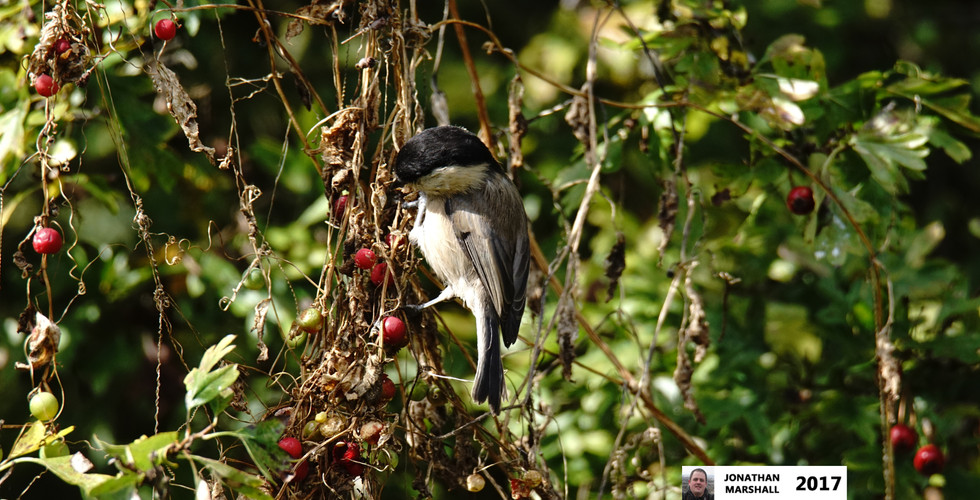

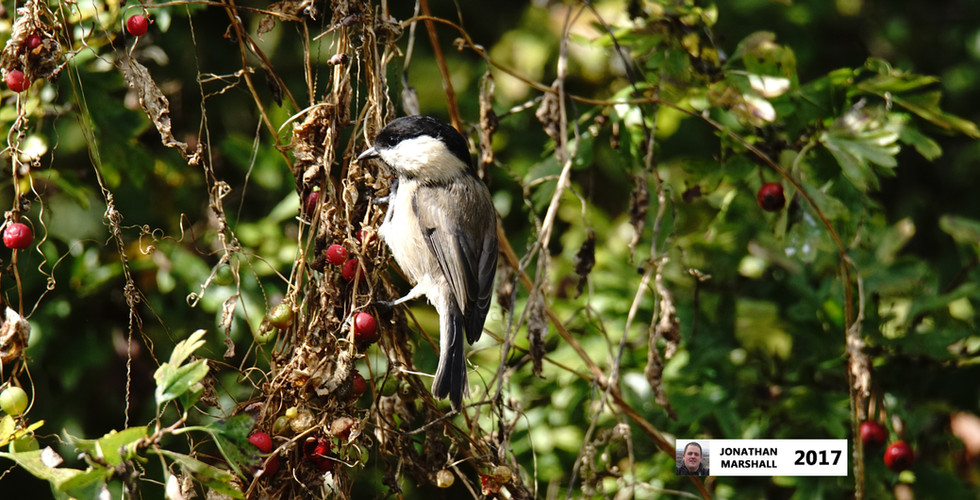



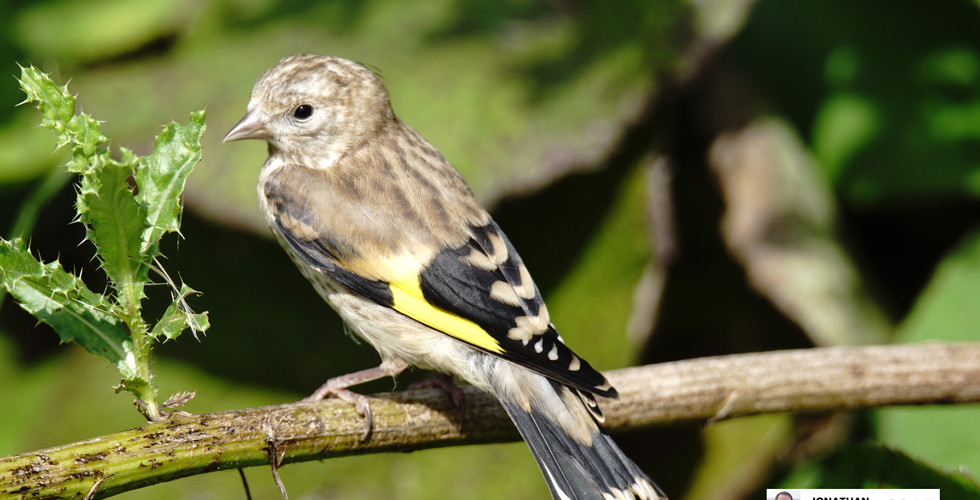












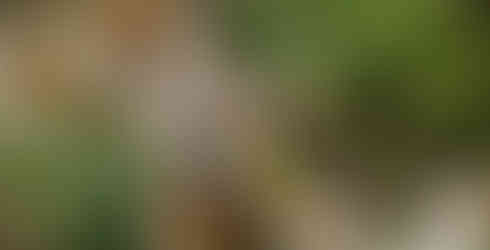


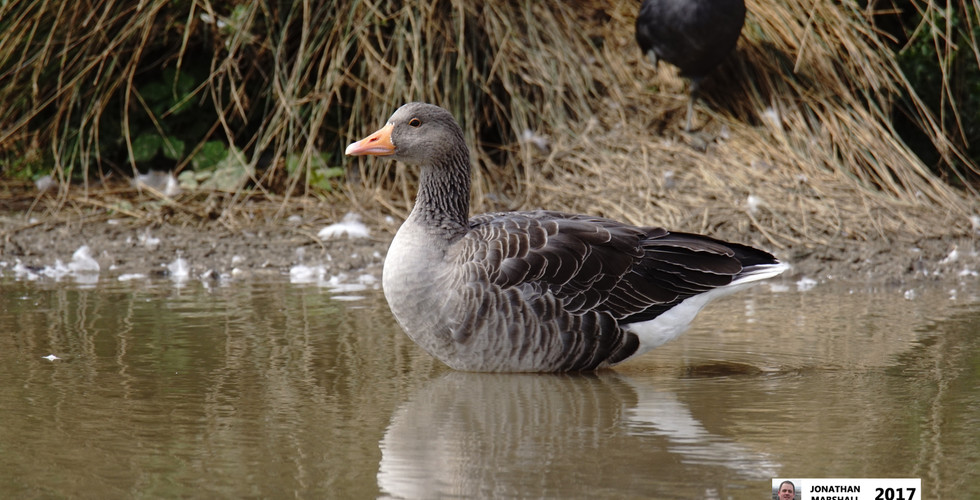
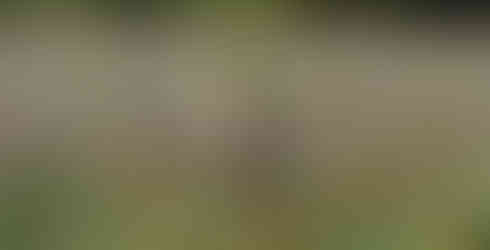




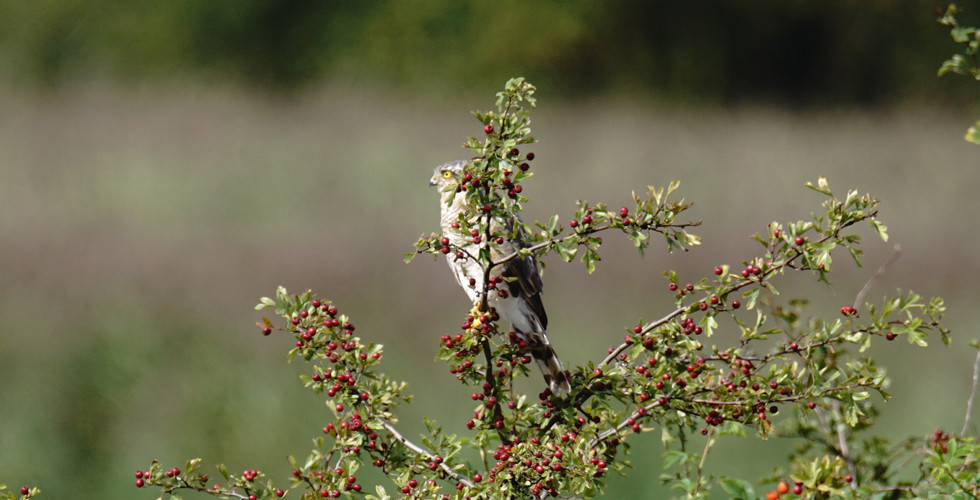

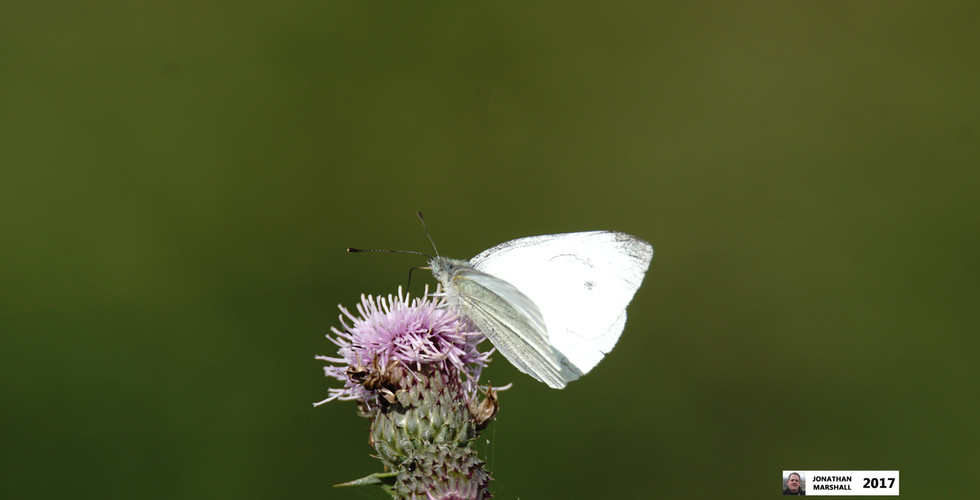
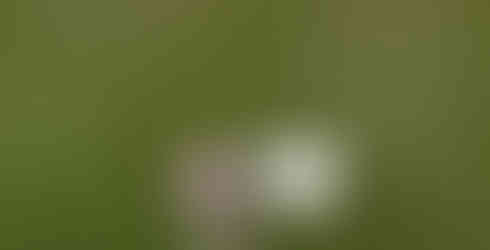





















Comments